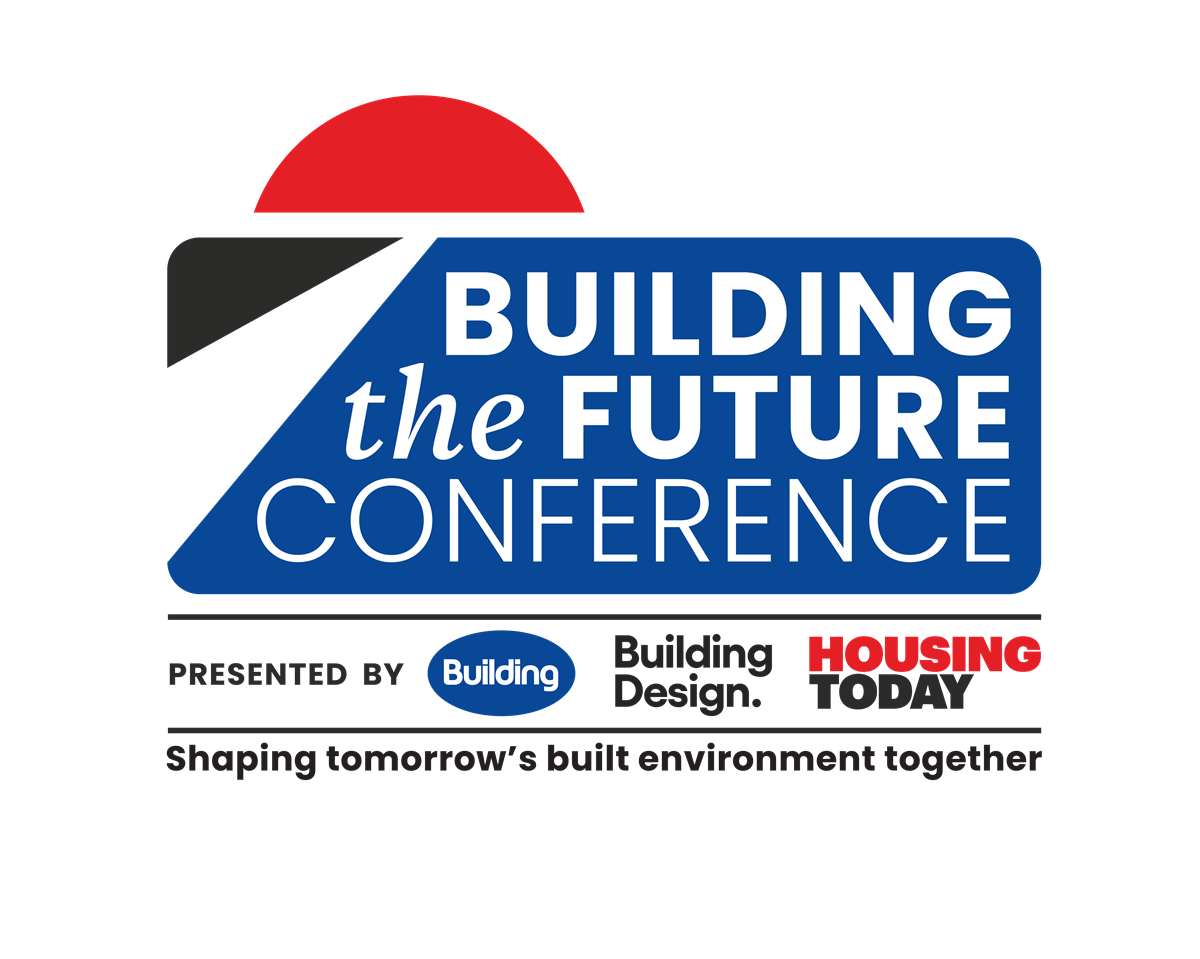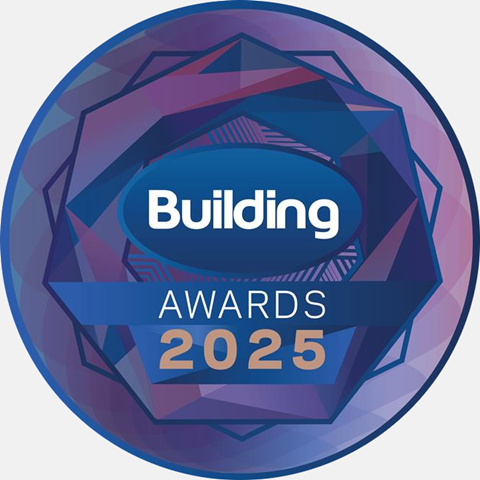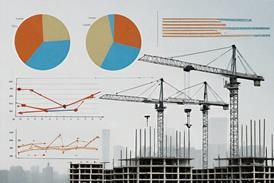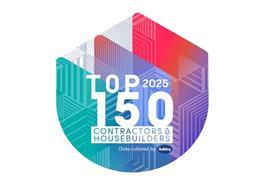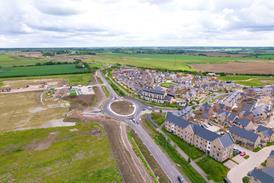- News
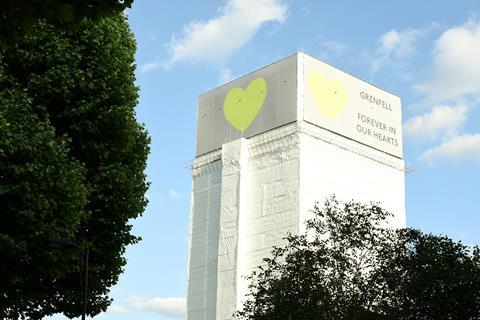
All the latest updates on building safety reformRegulations latest
- Focus
- Home
- News
- Focus
- Comment
- Events
- CPD
- Building the Future
- Jobs
- Data
- Subscribe
- Building Boardroom
Countdown to COP26: A good start – but still a long way to go
By Simon Wyatt2021-05-13T05:00:00

Source: Andrew Hendry
As momentum builds towards COP26, developers are making impressive-sounding commitments with their net zero pathways and strategies
We have seen a significant amount of movement and discussion around the net zero agenda in recent months. Developers and property owners are waking up to the challenge ahead and making commitments to ensure their projects lead the way towards achieving net zero carbon on construction and in operation.
Central to this discussion around the progress the big developers have made are the two main net zero commitments affecting the UK construction industry – the Better Buildings Partnership’s (BBP) climate change commitment and the World Green Building Council’s (WGBC) net zero carbon buildings commitment. Together these commitments set the minimum standard for developers who are serious about achieving net zero carbon.
…
Already registered? Login here
To continue enjoying Building.co.uk, sign up for free guest access
Existing subscriber? LOGIN
Stay at the forefront of thought leadership with news and analysis from award-winning journalists. Enjoy company features, CEO interviews, architectural reviews, technical project know-how and the latest innovations.
- Limited access to building.co.uk
- Breaking industry news as it happens
- Breaking, daily and weekly e-newsletters
Get your free guest access SIGN UP TODAY

Subscribe now for unlimited access
Subscribe to Building today and you will benefit from:
- Unlimited access to all stories including expert analysis and comment from industry leaders
- Our league tables, cost models and economics data
- Our online archive of over 10,000 articles
- Building magazine digital editions
- Building magazine print editions
- Printed/digital supplements
Subscribe now for unlimited access.
View our subscription options and join our community






